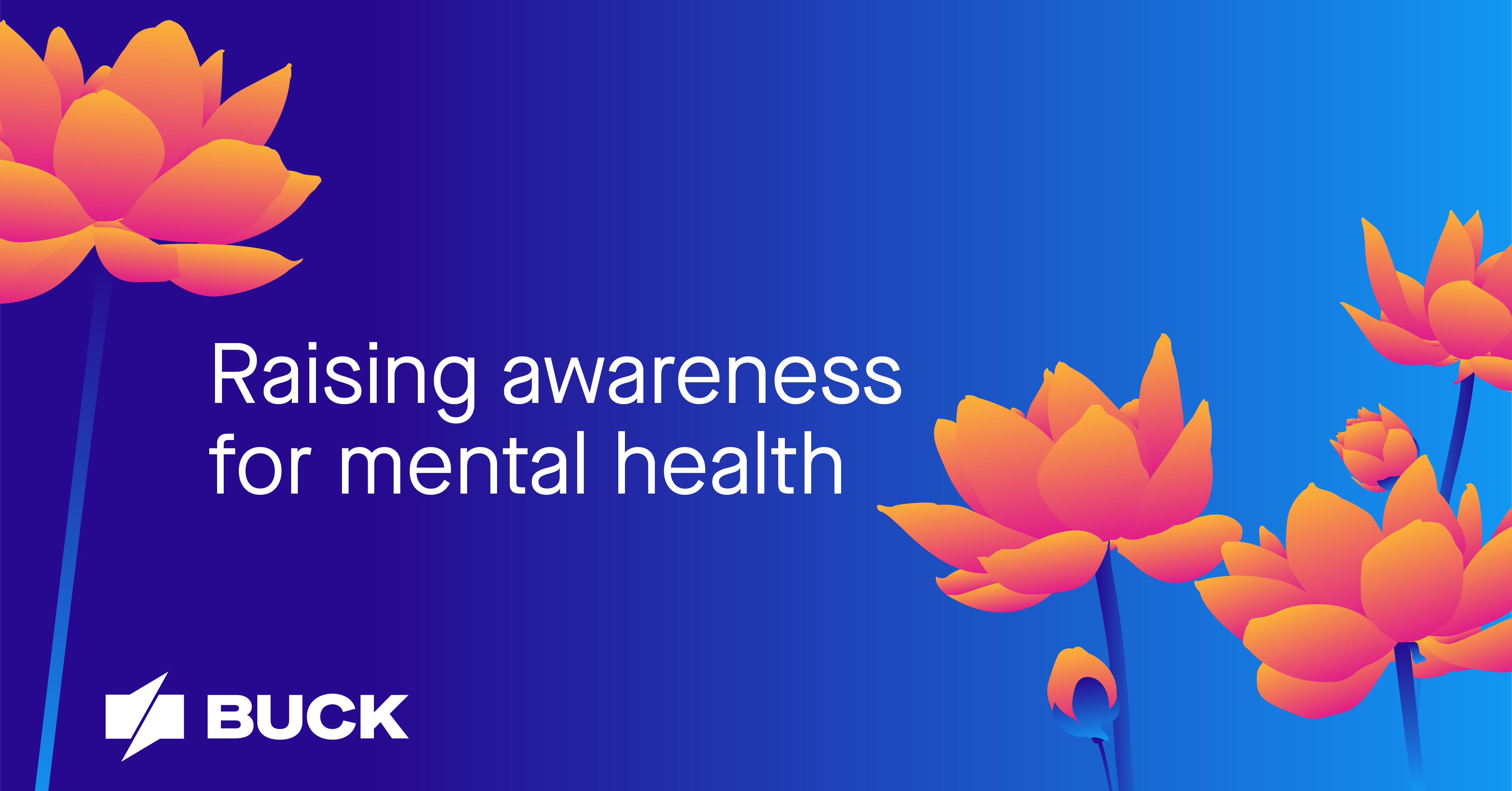May is Mental Health Awareness month and has been observed in the United States since 1949. Nearly half of the 60 million adults and children living with mental health conditions in the U.S. go without any treatment, often due to the frustration of navigating a fragmented and costly system fraught with obstacles.
Employees are struggling with access to mental health care for several reasons. It is well known that there is a shortage of mental health specialists– more specifically, those practitioners who are licensed to prescribe medications. And while COVID-19 social distancing led many health providers to deliver services remotely, which filled the void for subclinical health care needs, access continues to be difficult for in-person and outpatient treatment. A face-to-face visit may not be available near the employee’s home or workplace, presenting additional obstacles to receiving care. And, unfortunately, there continues to be significant social stigma associated with mental health issues and receiving care.
Governments, employers, and payers have sought to maintain access by removing regulatory barriers and reforming payment policies:
- Medicare suspended telehealth service restrictions, including the geographic location of the beneficiary and provider origin.
- Most states expanded telehealth access by allowing or increasing payment for telehealth services under state health programs, changing or suspending licensing rules, and allowing providers to prescribe based on virtual visits.
- Many employers and private plans reduced or eliminated cost-sharing for telehealth services and increased reimbursements for telehealth providers.
- To expand their offerings, some employers contracted with a specialized virtual or telehealth provider.
Telehealth was significantly under-utilized prior to the pandemic, accounting for less than 1% of outpatient visits. According to a Kaiser Foundation study, at its pandemic peak, telehealth represented 13% of outpatient visits between March and August of 2020. As in-person care has resumed, telehealth utilization is beginning to decline but is expected to continue to be a relevant means of accessing care, especially for mental health.
Mental Health Awareness Month provides an opportunity to identify and share helpful mental health resources, education, and de-stigmatizing campaigns to your employees. Here are some suggestions for plan sponsors looking to ensure timely access to quality behavioral healthcare:
- Focus on early intervention. Create a core program structure by providing your people with the tools they need to maintain a work-life balance. This includes stress management tools, such as mindfulness training and resiliency support. These solutions can help people while their issues are still manageable and may not require clinical interventions. Free self-assessment tools are available online.
- Ensure your management team can support early identification. Managers and supervisors are uniquely situated to identify signs and symptoms of common mental health conditions. They must be trained to recognize the warning signs and be able to guide employees to appropriate mental health resources.
- Review your roster of solution vendors. If your current panel of providers cannot manage the complexity and volume of health needs for your people, explore network expansion vendors who may be able to bring additional range to the existing provider.
- Increase coordination and integration of the EAP, carrier, and community behavioral health providers. Each entity should be knowledgeable about all provider capabilities and availability. This will assist in quicker appointment access and help pinpoint appropriate treatment needs.
- Ensure that networks can accommodate the increasing demand in a manner that is sensitive to the needs of marginalized groups and socioeconomic challenges.
- Ask your people. Understanding how your employees perceive your programs is critical to success; 80% of the current workforce say they’d prefer enhanced health benefits rather than pay increases, making attention to mental health treatment a major perk. At one time, taking a mental health day from work was considered taboo. Employees should be encouraged to take time off for stress relief and self-care. Finally, consider providing a dedicated, quiet space to relax or simply unplug and recharge.
- Partner with a qualified mental health professional to administer free or subsidized clinical screenings and therapy to employees as part of the onsite clinic offering. If you do not offer an onsite health clinic, explore whether a behavioral health provider from a local healthcare system may be available to provide care on a regular basis at your worksite. Either way, your employees will have better access to care and will not have to leave the premises.
What to expect in the future?
Despite some progress in expanding care access, we have not yet seen the worst of the behavioral health crisis. While many continue to envision an expanded role for telehealth in the delivery of care following the pandemic, there remains considerable uncertainty about:
- Service availability
- Where and how providers will be able to practice
- Benefits structure
- Provider reimbursement
Additionally, as more mental health care professionals form national networks of their own, where employers or payers must contract with them to expand their provider panel, the cost of services will most likely continue to rise.
Employers who understand the need for multi-level, coordinated and integrated mental health care ecosystems will successfully navigate this post pandemic mental health odyssey, creating a healthier, happier, and more productive environment for their employees and dependents.
